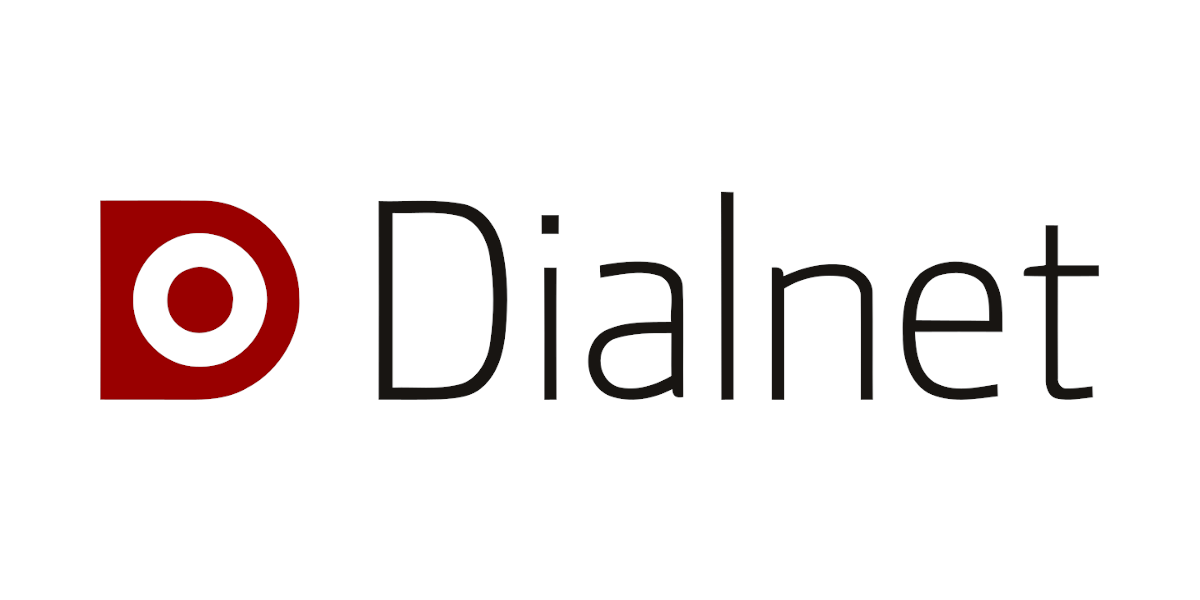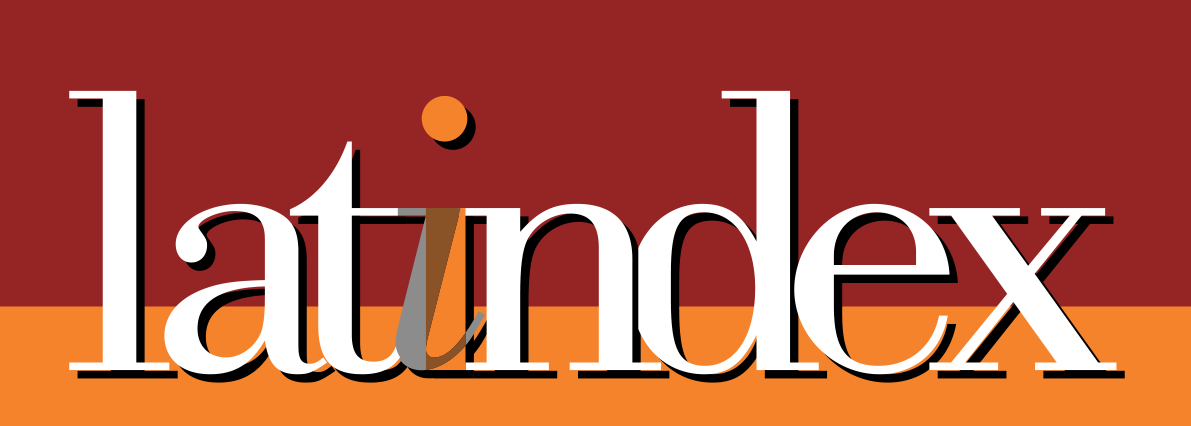RESILIÊNCIA DA ESTRUTURA DO REBANHO DE BOVINOS LEITEIROS AOS ACIDENTES COM RAIOS
DOI :
https://doi.org/10.48075/ijerrs.v4i3.30126Résumé
As mudanças climáticas estão produzindo aumento na frequência de raios e no risco de acidentes com animais no meio rural. A morte de animais por fulminação causa desestabilização da estrutura do rebanho gerando ineficiências no manejo e perdas econômicas. Evitar a exposição dos animais aos acidentes por raios é uma ação de construção de resiliência climática da bovinocultura leiteira que melhora o padrão ético da pecuária. A operacionalização da resiliência como atributo do sistema de produção gera informações que norteiam a adoção de tecnologia sustentável e a gestão de rebanhos afetados por distúrbios causados por raios. A metodologia de Dinâmica de Sistemas foi usada para simular cenários quantificando a resiliência da estrutura do rebanho aos distúrbios por raio. No cenário brando com distúrbio por raio de magnitude igual a 0,10 houve morte de 10 vacas em lactação de um total de 186,25 unidades animais (UA) e deixaram de ser vendidas dez vacas, quatro bezerras e cinco novilhas, com demora de dois anos para estabilizar a estrutura do rebanho. No cenário severo com distúrbio por raio de magnitude de 0,17 resultou na morte de 17 vacas em lactação houve perda de 11,75 UA e para um distúrbio com magnitude igual ou acima de 0,18 o sistema não recuperou a estabilidade da estrutura do rebanho inicial antes do acidente com raio. Perder a resiliência nesta magnitude é preocupante considerando a possibilidade de fulminação de bovinos leiteiros na ordem de até 50%, magnitude de 0,50, dos animais da propriedade em um único evento. Os experimentos in silico com simulações do modelo Rebanho geraram cenários com comportamentos contraintuitivos da resiliência da estrutura do rebanho, que promovem a aprendizagem e são úteis para o gerenciamento da bovinocultura leiteira a pasto.
Téléchargements
Publié-e
Comment citer
Numéro
Rubrique
Licence
(c) Tous droits réservés International Journal of Environmental Resilience Research and Science 2022

Cette œuvre est sous licence Creative Commons Attribution - Pas d'Utilisation Commerciale - Partage dans les Mêmes Conditions 4.0 International.
Aviso de Direito Autoral Creative Commons
Política para Periódicos de Acesso Livre
Autores que publicam nesta revista concordam com os seguintes termos:
1. Autores mantém os direitos autorais e concedem à revista o direito de primeira publicação, com o trabalho simultaneamente licenciado sob a Licença Creative Commons Attribution que permite o compartilhamento do trabalho com reconhecimento da autoria e publicação inicial nesta revista.2. Autores têm autorização para assumir contratos adicionais separadamente, para distribuição não-exclusiva da versão do trabalho publicada nesta revista (ex.: publicar em repositório institucional ou como capítulo de livro), com reconhecimento de autoria e publicação inicial nesta revista.
3. Autores têm permissão e são estimulados a publicar e distribuir seu trabalho online (ex.: em repositórios institucionais ou na sua página pessoal) a qualquer ponto antes ou durante o processo editorial, já que isso pode gerar alterações produtivas, bem como aumentar o impacto e a citação do trabalho publicado (Veja O Efeito do Acesso Livre).
Licença Creative Commons
Esta obra está licenciada com uma Licença Creative Commons Atribuição-NãoComercial-CompartilhaIgual 4.0 Internacional, o que permite compartilhar, copiar, distribuir, exibir, reproduzir, a totalidade ou partes desde que não tenha objetivo comercial e sejam citados os autores e a fonte.









